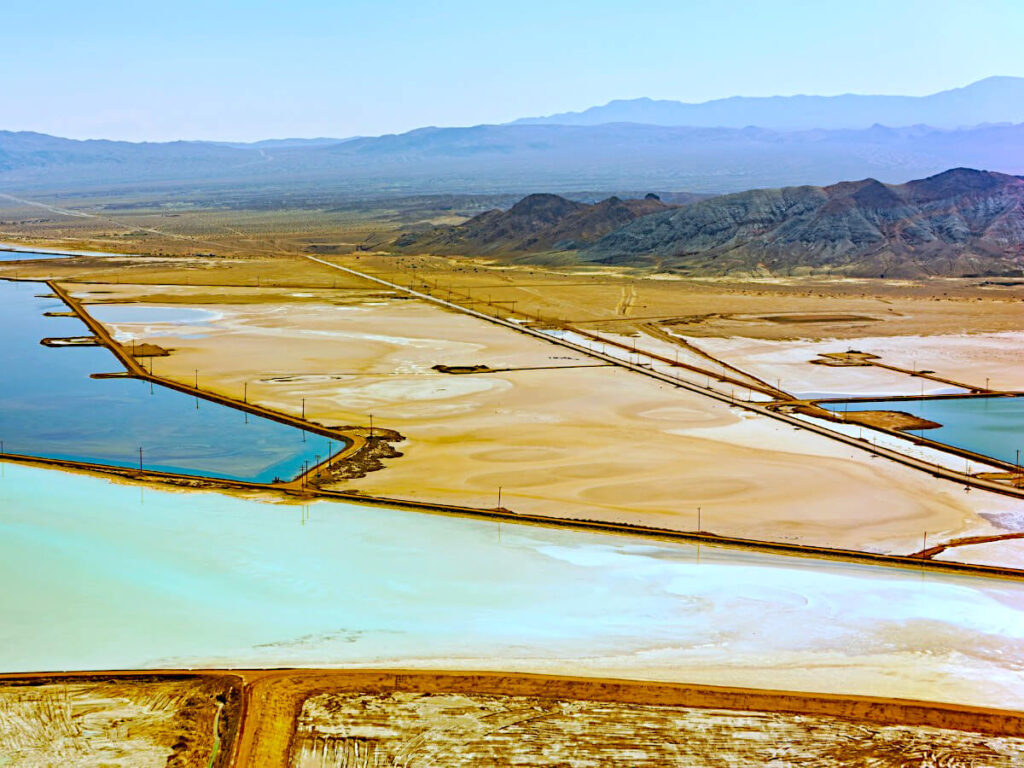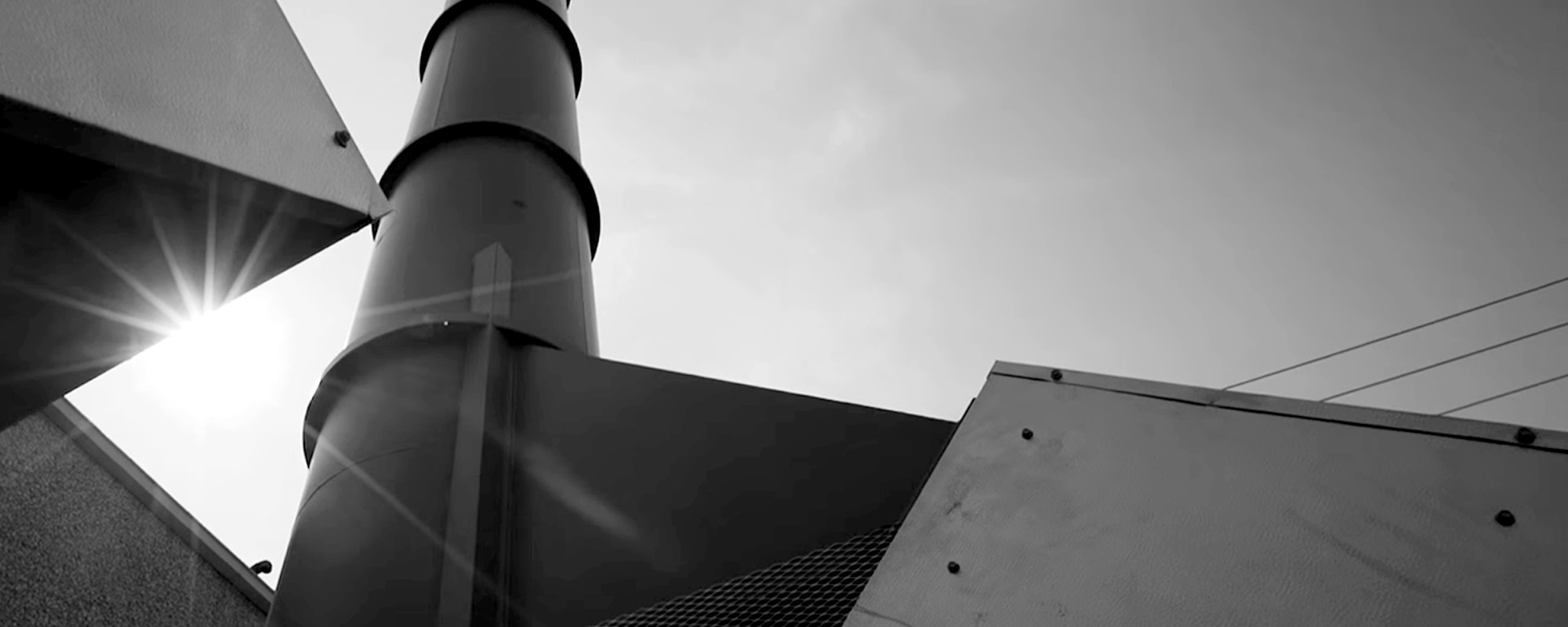Mineral Processing
Mineral processing generates high levels of dust and particulate matter (PM 2.5 or PM 10) due to the handling of the minerals and the grinding required during processing. Emissions from mineral processing operations have regulations stemming from all levels of government.
Minerals and metals, such as copper, are critical resources for electromobility and the electricity infrastructure. Due to the innovative advancements in industries to become more sustainable, supply shortages are already occurring and will continue to worsen. US domestic mineral processing is now a priority, as the United States only holds a small percentage of the world’s mineral supply.
Pre-Processing and Main Processing
Hard rock mining is the most common way of extracting the minerals and metals. It is more destructive and produces more air pollution than other extraction methods, like salt flats. In order for most metals to achieve purity either electrowinning or electrorefining is necessary. The ore is crushed using various grinding methods which contribute to particle pollution. The ore is then required to go through smelting and leaching processes to separate the elements. These processes have their own emission implications for hazardous air pollutants (HAPs).
The fluxing furnaces typically used at this stage can produce elevated levels of air pollution like mercury, arsenic, sulfur dioxide, and other metals. Fugitive emissions can also present themselves due to storage tank evaporation, gas emanation, and loading/unloading HAP discharges.
Air Abatement Technology for Mineral Processing
- Chemical Gas Scrubbers – suitable HAPs that occur during smelting and leaching activities
- Particulate Scrubbers – remove particulates and dust that arise from mining operations
APC Tailored to Achieve Your Mineral Processing Goals
Every system we manufacture is designed around the holistic needs of our clients. Our experienced staff has the skills and background to design an efficient, cost-effective solution for your distinctive mineral processing application.


